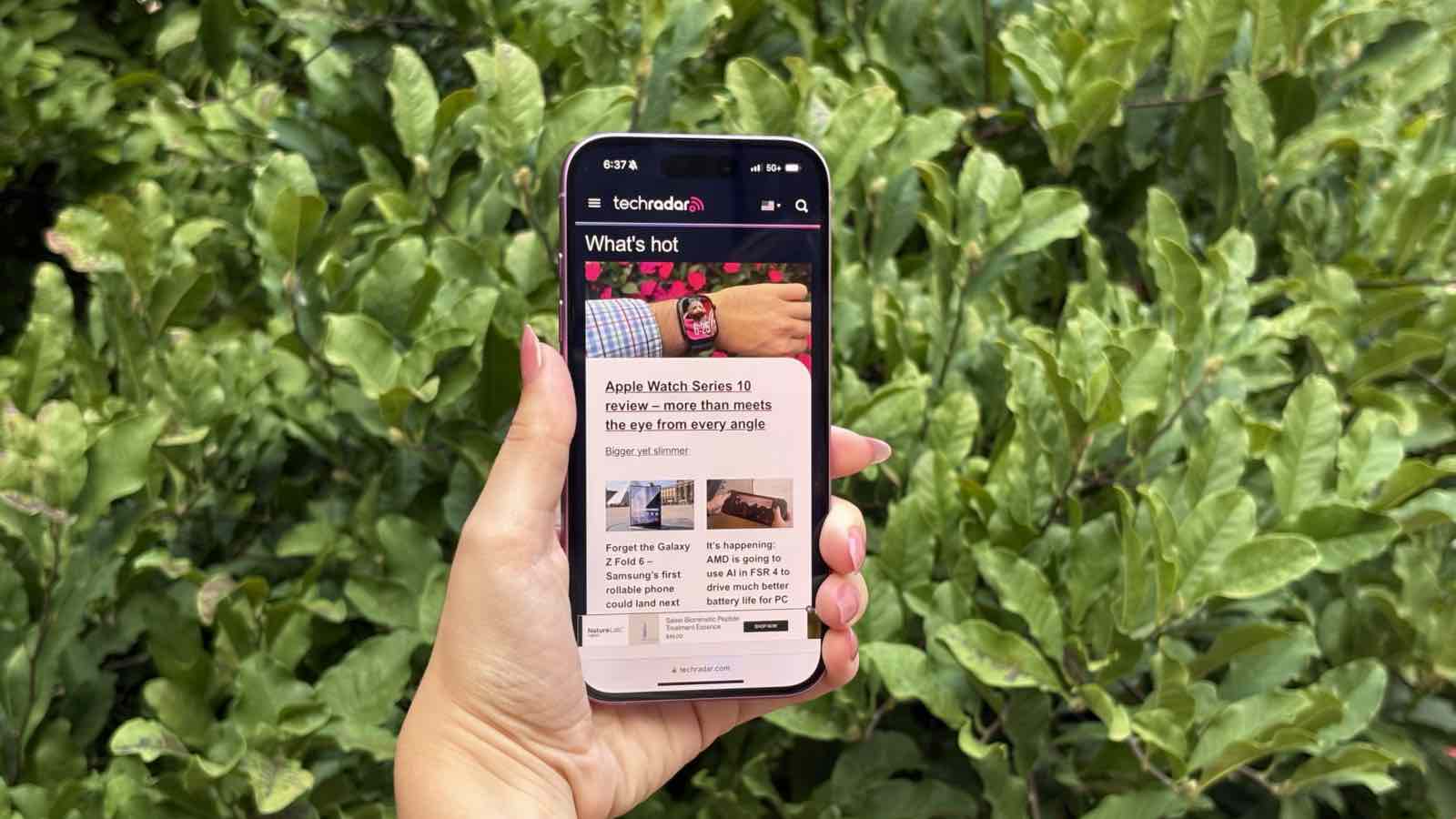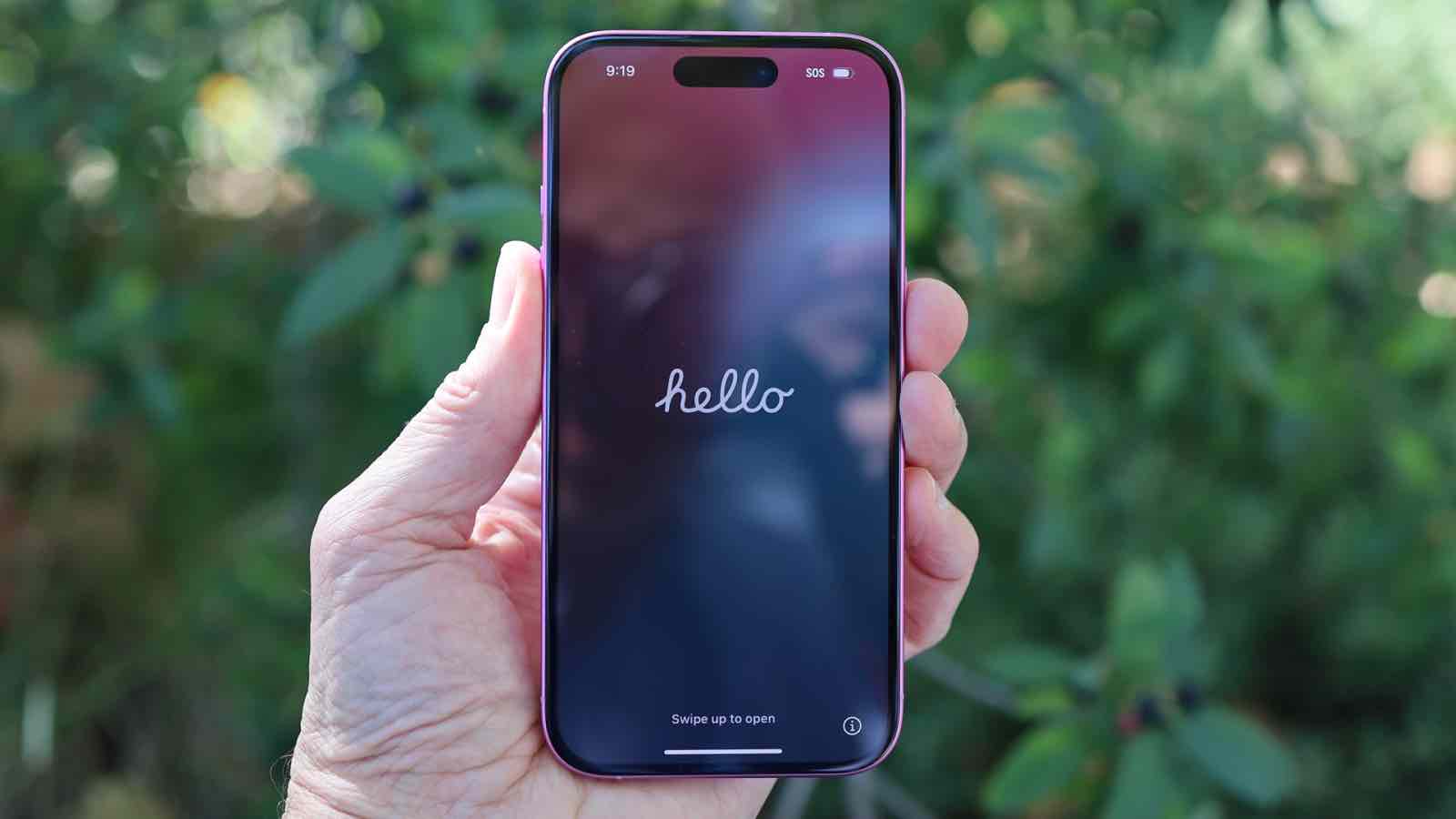If the iPhone 17 misses this display upgrade once again, I've had enough

As the mercury rises in the Northern Hemisphere, so does anticipation for the next iPhone, which we’re currently calling the iPhone 17. But as temperatures increase, I also get hot under the collar.
The thing that piqued my temper is kinda not a thing at all... it's the lack of any rumors of a high-refresh rate display for the iPhone 17 and its Plus compadre. It’s been literally years that I’ve bemoaned the lack of a 90Hz or 120Hz display on non-Pro iPhones, and it wasn't until the iPhone 13 Pro that we had such displays even in the most premium iPhones.
Comparatively, Android phones pushed into 90Hz years before Apple followed suit, and now all of the best Android phones offer 120Hz displays, often with adaptive technology, for prices that undercut the standard iPhone 16.
My hope is that Apple will finally move towards a high-refresh rate display for its standard and Plus iPhones, and I'm crossing my fingers in hope that this happens as soon as the iPhone 17.
What brought this to mind was a recent article from my colleague Thomas Deehan who questions the need to go Pro when the standard iPhones are rather good. While I agree with him in part, I also agree with some of the comments on that article which note the non-Pro phones lack the slick displays of their more expensive stablemates and come without the telephoto camera; two things I rather like on my iPhone 16 Pro Max.
But while I can live without a telephoto camera - the telephoto camera on the iPhone 16 Pro still uses a 12-megapixel sensor - I cannot swallow a 60Hz display. Neither should you.
I absolutely get that there are still swathes of people - less tech-savvy - who might not care about their display's refresh rate. Compared to the old Android phones that used a 60Hz display, Apple manages to make its standard iPhones feel smooth and responsive; such is the nature of iOS and Apple having a tight grip over both its phone software and hardware.
Sign up for breaking news, reviews, opinion, top tech deals, and more.
I want a refreshing change

I also understand that sticking with a 60Hz display can help get as much life out of a battery on a single charge as possible.
But having used 120Hz displays on a range of phones for some time now, I feel that rate, or at least 90Hz, should be the minimum standard for phone screens.
Not only does it make the whole experience on both iOS and Android feel notably slicker and more responsive, it's also more comfortable on my eyes.
The best phones with high-refresh rate displays I'd reccomend
I really think I’d struggle going back to 60Hz - but this article is more about why I think others should be able to enjoy higher refresh rates, especially if you are locked into the Apple ecosystem or can’t fork out the cash for an iPhone 17 Pro.
What’s more, when Apple adopts a technology or a technique, it achieves mastery, even if it’s late to the party. I reckon the iPhone 16 Pro and Pro Max offer some of the best high-refresh rate OLED displays on any smartphones.
By making 90Hz or 120Hz the iPhone screen standard, Apple could help see the tech improve, perhaps making it more efficient or finding ways to reduce eye strain.
The year is 2025 and I think Apple really needs to move past 60Hz displays when the rumored iPhone 17 arrives. Doing so will make the next-generation iPhone the best showcase for iOS 26 and potentially usher in a chapter where iPhones again feel fresh, and not like an iterative update.
You might also like
Roland Moore-Colyer is Managing Editor at TechRadar with a focus on phones and tablets, but a general interest in all things tech, especially those with a good story behind them. He can also be found writing about games, computers, and cars when the occasion arrives, and supports with the day-to-day running of TechRadar. When not at his desk Roland can be found wandering around London, often with a look of curiosity on his face and a nose for food markets.
You must confirm your public display name before commenting
Please logout and then login again, you will then be prompted to enter your display name.